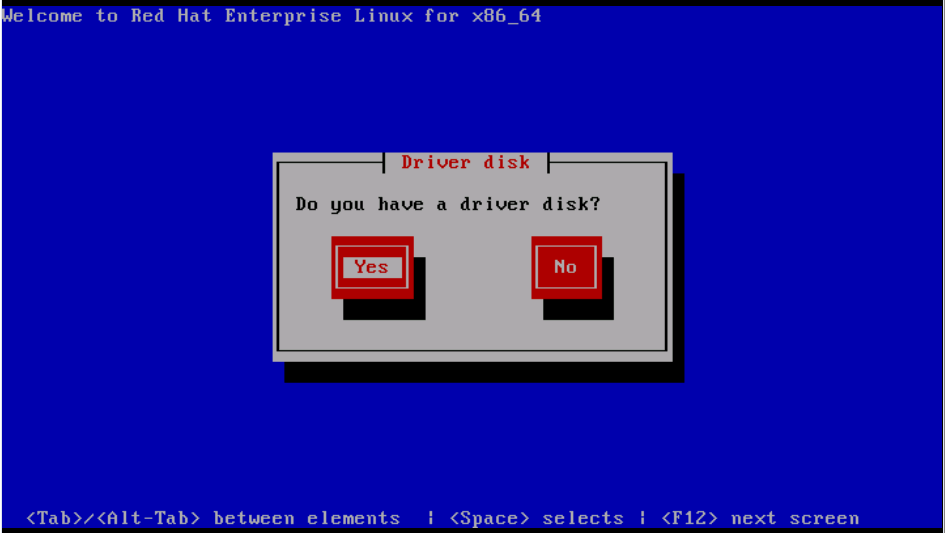Centos Software Raid On Existing System Means
- 6 Comments!

Brendan's blog » Using System. Tap. I work at Joyent – a cloud computing company – doing performance analysis of small to large cloud environments. It’s proven a handy reference. In some recent threads about DTrace, people have asked how it compares to System.
Tap – with some commenting that they haven’t had time to study either. How do you determine what program is responsible for writing the most data to this device?”. Before System. Tap, the only way to answer this under Linux was to install kernel counter patches, or try to parse block. Using the disktop script from the System. Tap Scripts & Tools page, it’s trivial to find this kind of information out.
That’s a great question! Getting a quick sense of who is using the disks is a problem I’ve dealt with for over a decade, and it isn’t answered well by standard tools. By stepping through this example, I’ll be able to discuss and share various experiences of using System. Tap. disktopdisktop. System. Tap page. In which case, I’ll still find the bug, notice that the fix date was recent, and then go refresh to the latest System.
Tap. It is our strict adherence to this principle that allows DTrace to be used with confidence on production systems. This was also the aim of Solaris in general, as described in the Developing Solaris article, which was also written by Bryan. More specifically, if you happen to work in MPK1. MPK1. 7 depends on. Should your change cause an outage during the middle of the day, some 7.
Conservatively, every such outage costs Sun $3. I’ve included this to describe the background from which DTrace was born. Hit Ctrl- C to end.\n. Hit Ctrl- C to end. Please wait. Due to its complexity – not to mention the 4.
Hands-On Exercise 1: Installing & Configuring Samba The Accidental Admin: Linux File Server Step-by-Step Config Guide.
Using SystemTap. I work at Joyent – a cloud computing company – doing performance analysis of small to large cloud environments. Most of our systems have DTrace. Storage Controller One of the following depending on Model: Performance Models: HP Smart Array P400i/256MB BBWC Controller (RAID 0/1/1+0/5/6) Available upgrades. Complete, step-by-step text and image tutorial on how to use GParted partitioning software to manage Windows and Linux and dual-boot installations, create, resize. What is a file system? Any computer file is stored on a storage with given capacity. Actually, each storage is a linear space for reading or both reading and writing. If you decide against using ASM for the OCR and voting disk files, Oracle Clusterware still allows these files to be stored on a cluster file system like Oracle.
I tried to run it – it certainly doesn’t look like a good script example to place first. USAGEAs part of debugging this script, it would be helpful if it had a header to describe version dependancies and usage. Guru mode is set by passing the - g option to the stap command. When in guru mode, the translator accepts C code enclosed between “%.
So the first script example is running in guru mode so that it can execute arbitrary C code in kernel context without safety features. Hit Ctrl- C to end. Hit Ctrl- C to end.
Bad error messages. One of my earliest experiences was to Ctrl- C what seemed to be a stuck one- liner. Another –vp. I still don’t understand the “–vp” error message, though. 98 Download Games Line Windows Logo. If the users wants to stop the execution of the script, it can interrupted manually with Ctrl+C. It doesn’t say I need the exit() on Ctrl- C.
Slow startup time. Some of the previous errors occurred when I hit Ctrl- C too soon, interrupting the System. Tap build process.
No start message. A minor irritation is that without the “- v” option, there is no message to indicate that System. Tap has begun tracing. Multi user issues. With DTrace, multiple users can usually run the same one- liners or scripts at the same time. Stale cache. Sometimes System.
Tap gets into a totally weird state where scripts and one- liners that worked a moment ago are all failing. Leaking modules. I don’t know how this happened: # lsmod. Kernel Outlook Pst Viewer Seriale. Module Size Used by.
More typing. The previous one- liners reminded me of another issue. Non- intuitive. Here’s an example where System. Tap is slightly less typing than DTrace: dtrace - n 'syscall: :read: entry . Incomplete documentation. I mentioned “I think” a couple of times in my description above for @entry. Root escalation. This did get fixed in System. Tap version 1. 6, so make sure you are on that version: CVE- 2.
Which provided a root escalation from any user in the stapusr group via a one- liner. I installed systemtap via apt- get a few days ago, and got version 1. I compile from the latest source).
I elaborated on our thinking in http: //dtrace. System. Tap by name, it is very much aimed at what I perceived to be the reckless design decisions that they had made. When DTrace was released in 2. I remember telling Sun sales folk that they probably had three months of competitive advantage before Linux would have the code up and running. That is, if it is even on the right trajectory.
During the past seven years, DTrace has become an essential part of my day job in performance analysis, and it’s unthinkable to return to a time without it.